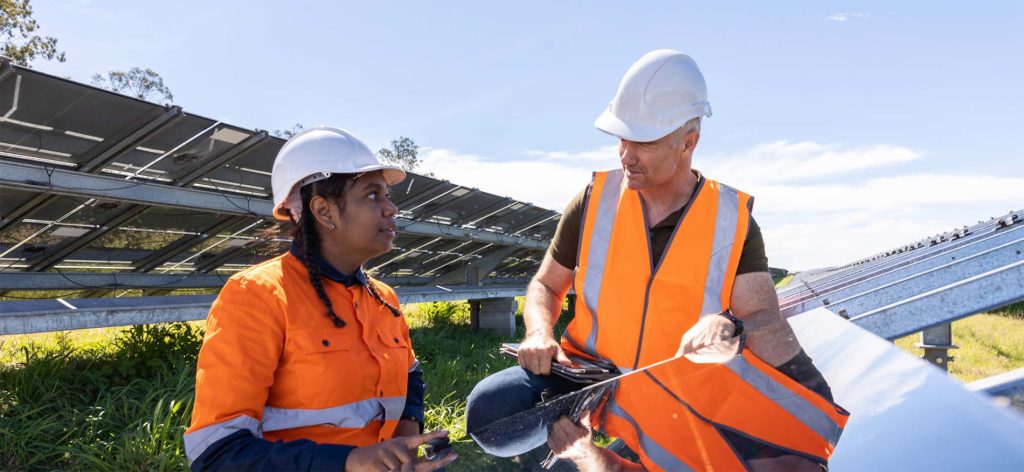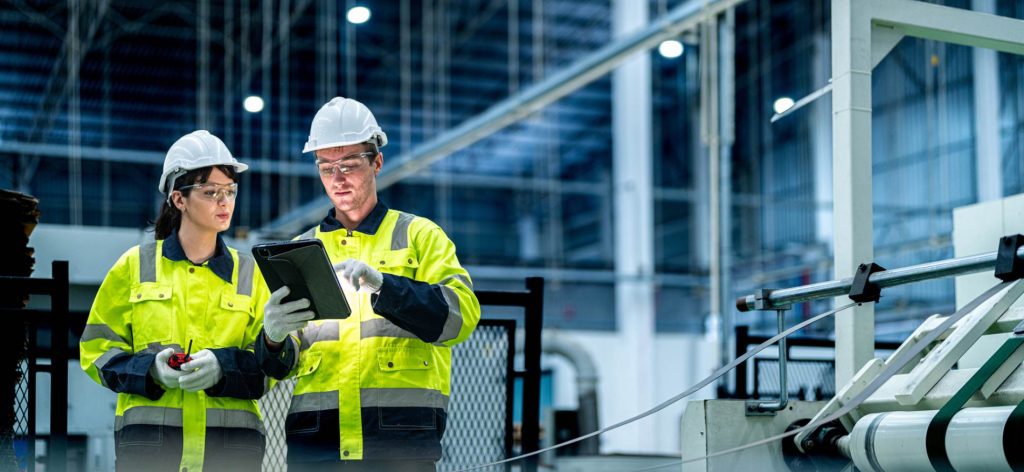Will Australia’s job boom benefit job hunters? What will this mean for employers?
Australia is seeing a job boom! What is it? Why is it happening and what does it mean? According to the Australian Labour Market Insights, online job advertisements increased by 19.7% over the last year in September 2022. Australia is seeing a job boom, and this means huge changes for job seekers and employers. In…
Australia is seeing a job boom! What is it? Why is it happening and what does it mean?
According to the Australian Labour Market Insights, online job advertisements increased by 19.7% over the last year in September 2022.
Australia is seeing a job boom, and this means huge changes for job seekers and employers.
In September 2022, there were 15.5% more job ads posted on SEEK than at the same time last year.
Indeed has also reported a great boom in job ads since the end of 2020.
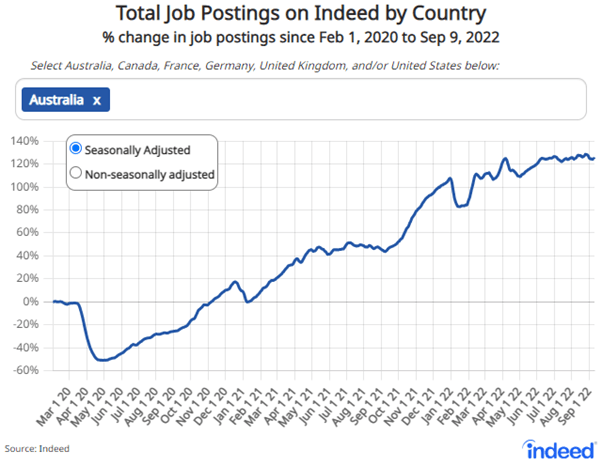
Why is there a job boom?
Jobs vacancies have been rising since Australian businesses started recovering from the pandemic.
But it didn’t stop there.
Australian businesses are expanding with more employers looking to increase rather than decrease their staffing levels. According to the National Skills Commission, 28% of employers are looking to increase staffing levels in the next few months which is 5% more than the same time last year.
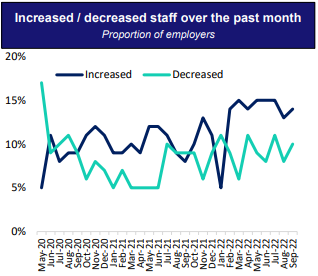
This has been consistent over the last two years with some fluctuations during the end of 2021 due to the lingering pandemic.
Employers have been recruiting and filling roles beyond recovery from the effects of the pandemic, leaving the unemployment rate lower than pre-pandemic levels.
There are currently 67.9% more online job advertisements than pre-COVID, according to the Australian Labour Market Insights.
Australia’s unemployment rate now sits at 3.5%. The RBA and ABS also recently reported that Australia’s employment and workforce participation rates grew.
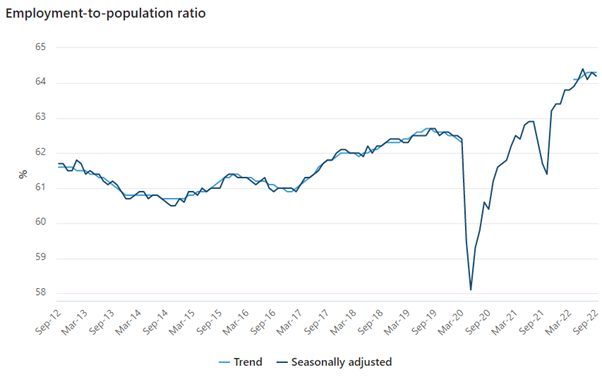
Source: ABS, September 2022
You’re probably asking two questions; what can job seekers expect and how will this impact employers?
Let us answer your questions.
What can job seekers expect?
Benefits!
With the job boom, low unemployment rates and low numbers of skilled migrants in Australia, job seekers are in a low competitor job hunting market. This means the opposite for employers where employers must compete for the same candidates. This is happening across all industries in Australia.
There are plenty of roles available for those seeking a new role and with employers battling it out for candidates, job seekers have power to negotiate benefits they want in a new role.
Since the pandemic, Australian workers reconsidered their priorities when it came to work. The common theme that matters most to employees is self-care. Most people want to find work that is meaningful to them and a job that is more accommodating to their personal needs. This includes flexible working options, higher salaries, and opportunities for career progression.
So, if you’re looking for a new role with greater benefits, a promotion, or you’re looking to switch into a new industry, now is the time to do so!
How will this impact employers?
Employers find it difficult to recruit and will need to reassess their attraction and retention strategies to win top talent.
In September 2022, the recruitment difficulty rate sat at 67% which is 15% higher than the same time last year. Meanwhile the percentage of Australian employers expecting to increase their staff levels increased by 5% over the same period.
Recruitment will continue to be difficult for at least another 18-24 months. The RBA predicts unemployment to rise only to 4% by the end of 2024 which is still lower than pre-COVID levels.
Low levels of skilled migrants in Australia
Post COVID, Australia began to lose against Canada and America for global talent.
According to Ai Group, Australia lost approximately 400,000 people due to border closers and we are still experiencing a strong under supply of skilled workers.
Some say this is because of our extreme responses to the pandemic – extended lockdowns and strict regulations. Others point to the rising cost of living in Australia and the difficult visa application processes. One source says some visa applications have taken up to 15 months to process.
Employers should reassess their attraction and retention strategies
Demands have increased for candidates, and some are in higher demand than others.
According to RCSA’s The Jobs Report, demand for Executive and Manager roles was 39.3% higher in the September quarter of 2022 than the same time last year.
Demand for flexible workers rose by 11.7% while permanent job vacancies declined 2.9% over the last three months.
To win talent in a competitive market, employers should look at their employee value propositions and make sure they’re offering their current and prospective employees benefits that they actually care about.
Below are a few resources to help:
- Employee Value Proposition (EVP) – how to create it and why it matters
- Hiring in FY23? You’ll need more than a job ad to attract the right employees
- Why is employee engagement important and how to improve it with a hybrid workforce
If you’d like advice specific to your industry, speak to one of our specialist consultants today. They’re active in the market and understand current candidate demands from employers. Fill in the form on this page and one of our consultants will be in touch!




